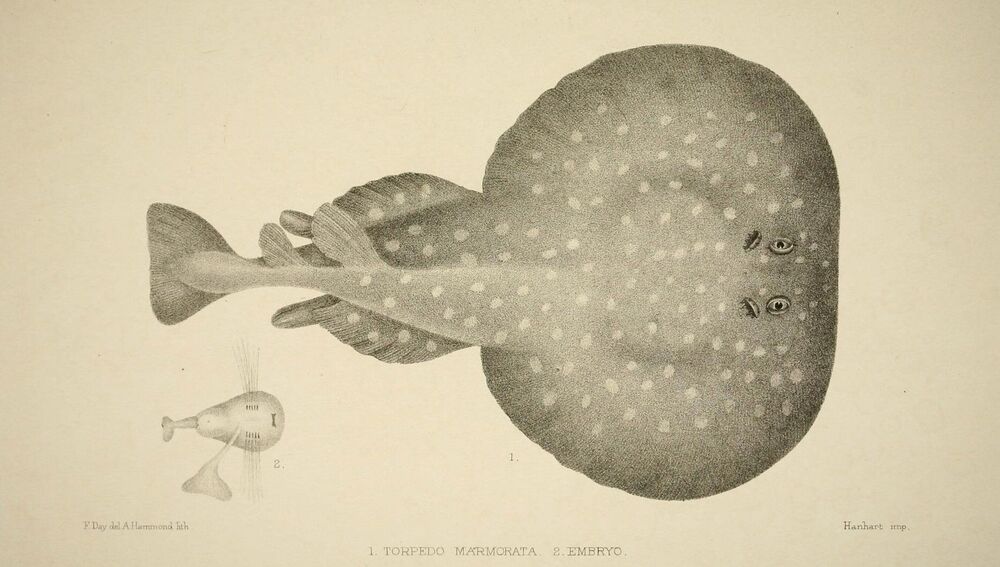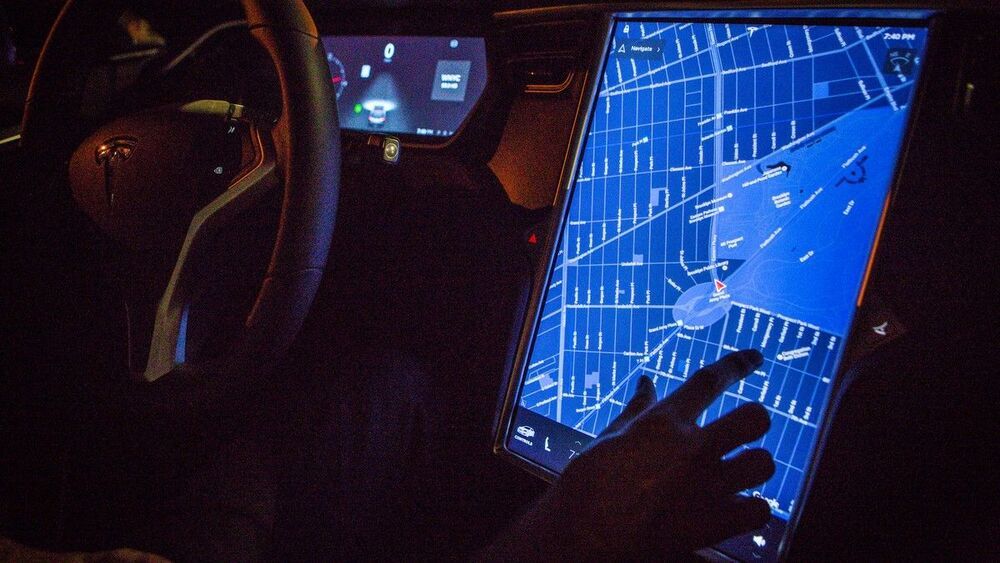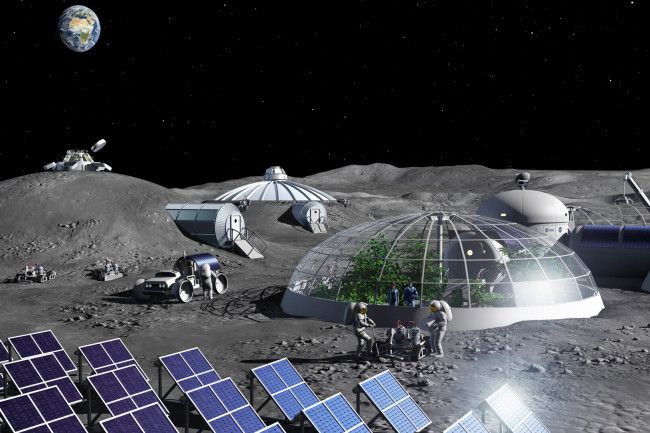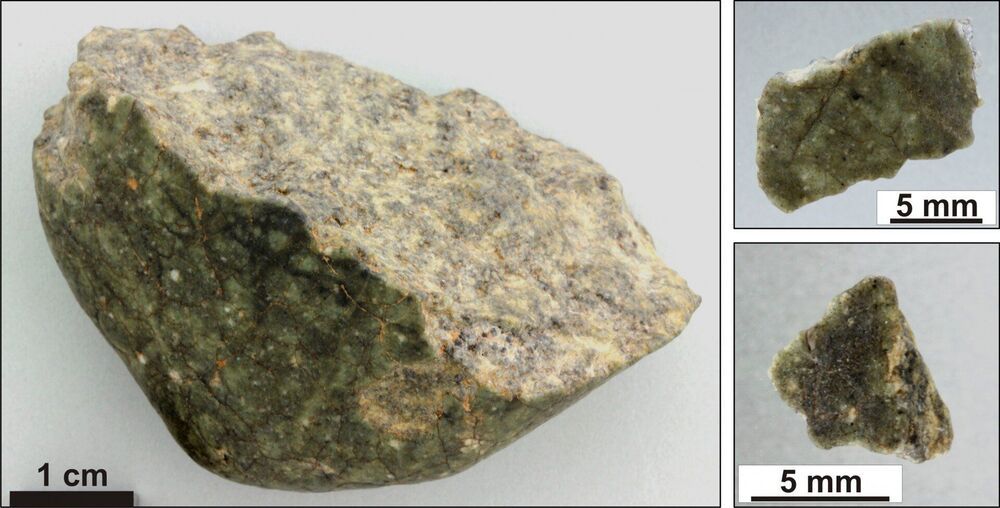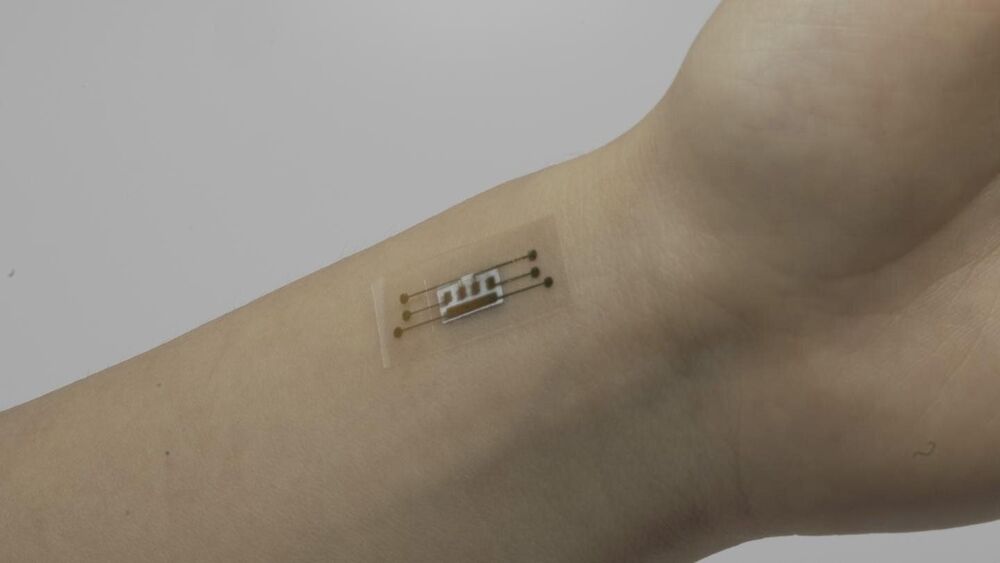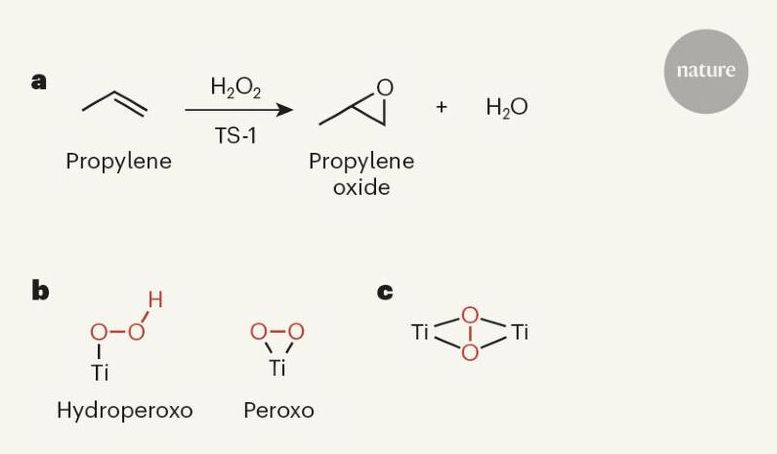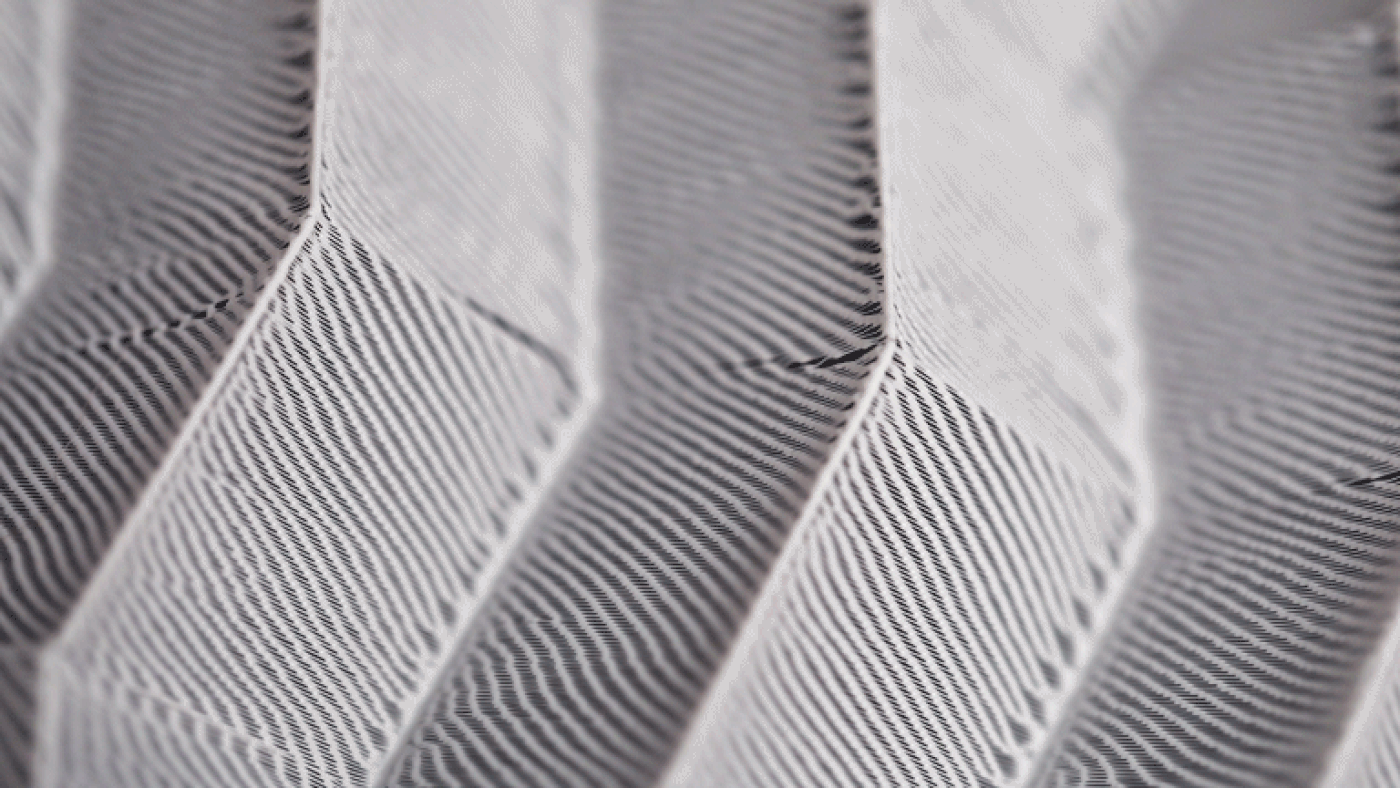Yes, there’s been hype, but electrical brain stimulation is a genuine technique, and the science behind it is improving.
Poimo inflatable scooter
Posted in futurism
Chain Delete Bike
Posted in transportation
Article from Vice.com. I guess owning a Tesla does have its own drawbacks. Tesla can disable features from your car if you didn’t pay enough money. And it seems it’s hard to repair if you get into an accident, due to Tesla’s tight ownership. Insurance companies may quickly declare these Teslas as total losses.
This is pushing some people to jailbreak their cars to return these features. Especially those that are already declared as total losses. (So voiding the warranty really doesn’t mean much to them)
Interesting. bigsmile
This could mean breathable oxygen and rocket fuel. Not only that, they are suggesting the metal alloy byproducts could be useful again. Interesting.
I think a colony on the moon is sounding a bit more feasible.
The European Space Agency has created an experimental “oxygen plant” in the Netherlands that can extract oxygen trapped within simulated Moon dust.
Not only does the process extract up to 96 percent of the oxygen in the imitation lunar soil, it also leaves behind metals that might be valuable to future crewed missions that venture to the moon, Mars, and beyond.
A team of European researchers discovered a new high-pressure mineral in a lunar meteorite which is helping to explain what happens to materials within the extreme pressures of the Earth’s mantle.
The new mineral donwilhelmsite is the first high-pressure mineral found in meteorites with application for terrestrial sediments dragged deep into the Earth mantle by plate tectonics. Mainly composed of calcium, aluminum, silicon, and oxygen atoms, donwilhelmsite was discovered within the lunar meteorite Oued Awlitis 001 found in 2014 in the Western Sahara.
The meteorite is compositionally similar to rocks comprising the Earth’s continents. Eroded sediments from these continents are transported by wind and rivers to the oceans, and subducted into the Earth’s mantle as part of the dense oceanic crust. Once dragged to depths of about 460–700 km, their constituent minerals transform at high pressures and high temperatures existing at those depths into denser mineral phases, including the newly discovered mineral donwilhelmsite. In the terrestrial rock cycle, donwilhelmsite is therefore an important agent for transporting continental crustal sediments through the transition zone of the Earth’s mantle (460−700 km depth).
Real-time health monitoring and sensing abilities of robots require soft electronics, but a challenge of using such materials lie in their reliability. Unlike rigid devices, being elastic and pliable makes their performance less repeatable. The variation in reliability is known as hysteresis.
Guided by the theory of contact mechanics, a team of researchers from the National University of Singapore (NUS) came up with a new sensor material that has significantly less hysteresis. This ability enables more accurate wearable health technology and robotic sensing.
The research team, led by Assistant Professor Benjamin Tee from the Institute for Health Innovation & Technology at NUS, published their results in the prestigious journal Proceedings of the National Academy of Sciences on 28 September 2020.
